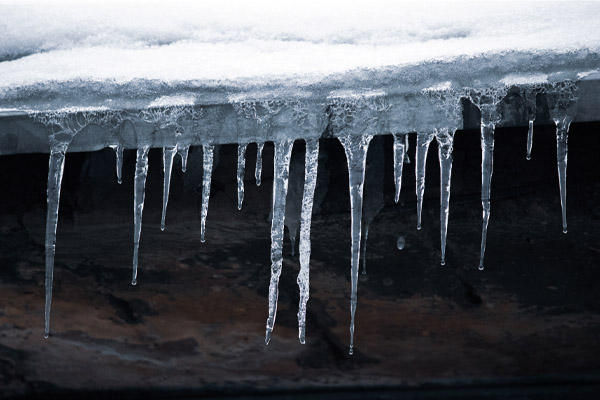No products in the cart.
Choosing the Right Clip for Your Roof Profile

When it comes to metal roofing in the Northern United States and Canada, where harsh winters and challenging climates are the norm, making the right decisions from the start can make all the difference. The choice of roof clips might not seem like a monumental decision, but in these regions, it plays a pivotal role in ensuring the longevity, structural integrity, and overall performance of your metal roof. At AMSI Supply, we understand the unique challenges posed by Northern climates, and we offer a diverse range of roof clips designed to meet these challenges head-on.
In this guide, we'll delve into the world of roof clips, exploring their significance, applications, and the factors that make them crucial for your metal roofing project's success.
Choosing the right roof clips is pivotal for the success of metal roofing projects in unfavorable Northern climates. Meet these challenges with tailored solutions, ensuring strength, durability, and performance, even in the harshest conditions.
In our selection, you'll find expansion clips designed for temperature variations and fixed clips for stability, guaranteeing the durability of your roof. Beyond just clips, we provide you with the assurance and peace of mind that your roof will stand strong.
Tailoring Clip Selection to Roof Profiles
Different roof profiles demand different clip choices. We'll guide you through selecting the most suitable clips for your project:
Factors to Consider When Choosing a Clip
Addressing Common Misconceptions and Mistakes:
In the challenging realm of metal roofing, addressing common misconceptions and avoiding mistakes is paramount for professional roofers. As a seasoned roofer, understanding the realities of metal roofing performance in low temperatures is crucial. It’s important for roofers to have insights to debunk misconceptions, ensuring informed decision-making during cold weather installations. By gaining clarity on how metal roofing truly behaves in cold climates, roofers can enhance their expertise, leading to more resilient and durable installations. Some of these are:
Metal Roofing in Cold Climates
Durability in Low Temperatures
Installation Challenges in Winter
Contact Us today to learn more about our standing seam metal roofing tools and supplies.